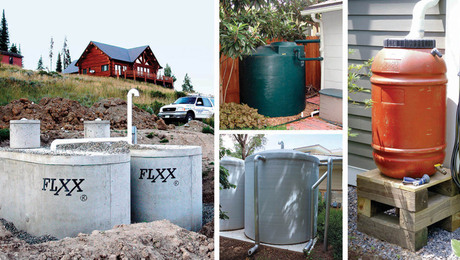Q:
Is there any data on how much heat loss occurs in pipes and what kind of payback there is for insulating them? Am I veering into crackpot territory, fretting over something that isn’t significant, or have I stumbled upon a genuine blind spot in energy-efficiency practices?
Nick Welch, via GreenBuildingAdvisor.com, None
A:
The short answer is that pipe insulation has only limited value. Nevertheless, insulated pipes are preferable to uninsulated pipes, and the 2012 IRC requires all hot-water pipes to be insulated to at least R-3. Lab tests have shown that 1/2-in.-thick foam pipe insulation (rated at R-3) performs almost as well as 3/4-in.-thick foam pipe insulation.
To the best of my knowledge, there are no field studies that measure real-world energy savings attributable to pipe insulation. The most reputable paper on this issue was prepared by Gary Klein, a managing partner at Affiliated International Management and an expert on the issue.
Klein made the following assumptions:
- 30% of hot-water draws benefit from pipe insulation, while 70% of hot-water draws are spaced so far apart that pipe insulation is of little value.
- The typical single-family home has between 112 ft. and 215 ft. of hot-water piping.
- Most pipe insulation costs between $1.25 and $1.50 per ft. to install. (These amounts are lower than those assumed by the National Association of Homebuilders, which disputes Klein’s conclusions.) The cost to install pipe insulation on a typical new house ranges from $140 to $322.
- The average household uses 60 gal. of hot water per day. (45 gal. is probably more common.)
- Typically, water is heated from 50°F to 130°F.
Klein concluded that pipe insulation can save 14 to 40 therms of natural gas per year (worth $17 to $50). The payback period for this measure, then, ranges from three to 19 years.
Households that use 45 gal. of hot water per day will save less than Klein calculated. Moreover, Klein neglected to account for the fact that the heat “lost” from uninsulated pipes helps to heat homes during the winter. So if you live in a cold climate, your savings will be less than Klein’s calculations indicate. On the other hand, if you heat your water with electricity, your savings will be higher.

























